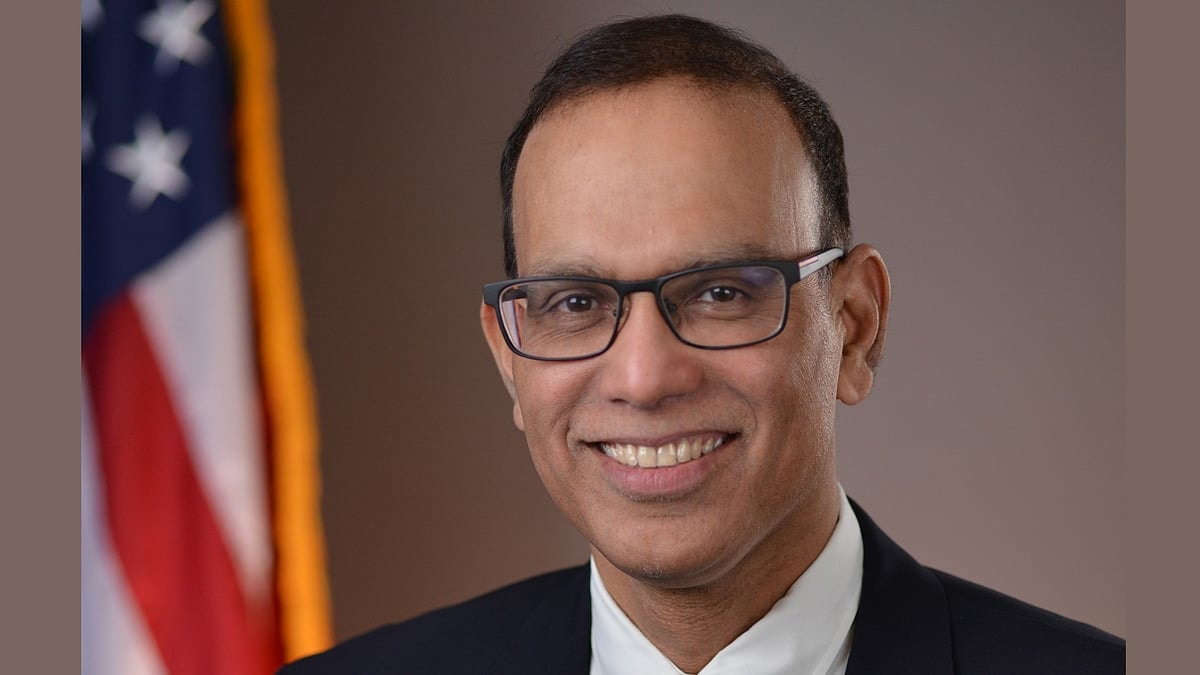Talent Development
(US & Canada) VIDEO | We Focus on Building Foundational Capabilities While Driving Value — US FDA CDO
Ram Iyer, the first Chief Data Officer of the U.S. Food and Drug Administration (FDA), speaks about his professional journey, the three pillars of the FDA’s data strategy, and his “70-20-10” model of developing a talent pipeline.
Written by: CDO Magazine Bureau
Updated 7:16 PM UTC, Thu January 11, 2024

Ram Iyer, Chief Data Officer of the U.S. Food and Drug Administration (FDA), speaks with Adita Karkera, Chief Data Officer, Government and Public Services at Deloitte in a video interview about his professional journey, the three pillars of the FDA’s data strategy, and his “70-20-10” model of developing a talent pipeline.
Iyer joined the U.S. Food and Drug Administration (FDA) as its first-ever chief data officer in April 2020. He begins the conversation with a brief introduction to his professional journey. With over 25 years of experience of working in the private biotech industry, non-profits, and large international organizations, he pivoted to the data space at the right time.
Further, Iyer states that when he found out that the FDA was in search of its first CDO, he could not pass up the opportunity to make a difference. He mentions that his decision to join the agency during the pandemic was a fruitful one, considering the difference made in data usage for public health missions.
Highlighting his role as a CDO in the FDA, he reveals that there was no CDO before him. The initial focus was on delivering the immediate needs, he says, and the agency built the strategy in the next six to nine months, which has been executed since then.
Further, Iyer mentions that the Office of Digital Transformation (ODT) led by the CIO has been reporting to the commissioner directly for two years which is uncommon in the federal government. Because of that, he continues, the CDO role gained tremendous visibility and the attention of senior leaders about the data strategy. This has aided the agency in making good progress in the last two years, along with the development and implementation of many strategies.
Moving forward, Iyer discusses three pillars of the FDA’s data strategy:
-
The agency focused on being value-driven. It identified projects that could deliver value in 6 – 9 months.
-
Having a roadmap. The organization is agile and iterative in approach, as it focuses on building foundational capabilities in addition to driving value, which would help in the long run.
-
Having a talent plan. Iyer believes that talent could be a limiting factor in the agency’s scalability.
With all three pillars, the FDA has successfully created an ecosystem of tools and processes while removing existing organizational friction for the use of data. These capabilities have solved many problems for the agency, from the data practices and mission priorities perspective, says Iyer.
Further, he mentions that the support from leadership for the implementation of the strategy has been phenomenal.
When asked to share some success stories, Iyer discusses the work done on master data. Considering it the “bread and butter” for any data organization, he states that the agency ensures that it has a consistent view of master data not just for a particular center or office but also for many of the interdependent products.
Explaining further, Iyer says that something in biologics may have an impact on the traditional drug side or something in food might have an impact on the animal side. He asserts that the agency has collaboratively done this work by building the discovery and change management as a single piece.
Furthermore, Iyer states that the agency has taken every opportunity to respond quickly when a crisis arises. Recalling the COVID period, he states that the agency has created dashboards that the field offices and inspection groups can use to assure the safety of the inspectors and public health needs.
He reveals that behind the scenes, the agency has put capabilities such as Optical Character Recognition (OCR) and Natural Language Processing (NLP) to pull internal information and turn it into digital assets that can be leveraged by multiple offices and centers.
Shedding light on building a literacy program, he shares that the FDA is blessed with talent that is already trained in quantitative skills. Therefore, Iyer affirms that his job was made easier by thinking differently about upskilling and talent.
“I did not want to build an empire of data scientists.”
Ram Iyer | Chief Data Officer of the U.S. Food and Drug Administration (FDA)
Additionally, he maintains that he did not want to build an empire of data scientists or enter into contracts with universities to provide talent. Instead, he relied on what he calls the “70-20-10” model.
In this model, the agency sponsors people working in other offices to work and 70% of the time is spent working on real problems. They are provided with the tools, base training, and problems to solve.
Then, 20% of the time is spent on mentoring, which could be peer mentoring, supervisor mentoring, or reverse mentoring, and this enables the learning of new skills. Further, only 10% of the time is spent on typical traditional classroom training, he says.
In continuation, Iyer affirms that through these cohorts, the agency has solved interesting problems for which the centers or agencies would have spent a fortune. Also, the FDA now has 36 trained data scientists across the organization who speak a common language, understand the processes, and have access to common data.
In conclusion, Iyer states that these scientists are now ready to solve problems not only for the agency but also in their day-to-day work. He says that the scientists are creating their community with the given tools, and this has created a viral effect that would help to scale this program further.
CDO Magazine appreciates Ram Iyer for sharing his insights with our global community.


